
THE VENḒA CULTURE, HERITAGE AND HISTORY

THE Vhangoṋa PEOPLE
The original inhabitants of Venḓa are Vhangoṋa, and Vhambedzi. Vhangoṋa are estimated to have settled in Venḓa as early as the 6 th century. It is also believed that about 85% of present day Tshivenḓa words and vocabulary come from the original Tshingoṋa.
According to one version of Vhangoṋa oral history, the capital of Vhangoṋa was Mapungubwe with the Raphulu Royal House as the most senior royal house of the Vhangoṋa. According to this version the Vhangoṋa Kingdom was made of +-145 chiefdoms.
It is said that the Kingdom was divided into seven districts:
Dzanani;
Mbilwi;
Tswime;
Tshiendeulu;
Tshakhuma;
Tshamanyatsha and;
Thulamela.
These districts were ruled by District Chiefs (Mahosi):
Ṋeswongozwi/Ṋeluvuvhu (Dzanani);
Ṋembilwi (Mbilwi);
Ṋetswime (Tswime);
Ṋetshiendeulu (Tshiendeulu);
Ṋetshakhuma (Tshakhuma);
Ṋetshamanyatsha (Tshamanyantsha); and
Makhahani (Thulamela).
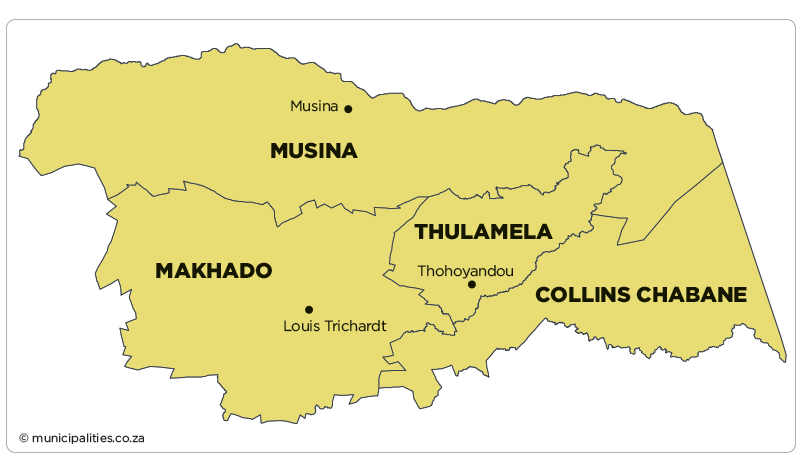
Districts consisted of chiefdoms which were governed by Vhamusanda (Junior Chiefs) who paid tribute to Mahosi. This tradition states that one of the Vhangoṋa Kings was King Shiriyadenga whose royal kraal was at Mapungubwe. It is not clear if this Shiriyadenga is the same Shiriyedenga of the Sanga dynasty, a Karanga-Rodzvi branch. The Sanga dynasty, in Zimbabwe’s eastern highlands, was founded by Chiphaphami Shiriyedenga who died in 1672.
Different clans such as Vhatwanamba, Vhatavhatsindi, Vhanyai, and Vhalembethu settled in Venḓa from around 1200. Vhatavhatsindi settled in present day Thengwe, Tshiheni, and HaMabila. Vhatwanamba settled in present day Mapungubwe, Musina, Ha-Tshivhula, HaMadzhie, Ha-Matshete, Ha-Mulambwane, and Ha-Ḽishivha. Vhalembethu and Vhanyai settled at Ha-Mutele, and Thulamela. These groups did not seek to impose their rule over all Vhangoṋa.
The clan that conquered Venḓa and went about imposing its rule over every clan it found in Venḓa was the Singo (also known as Vhasenzi). The Singo are believed to have settled in Venḓa in the early 1600s. The Singo were accompanied by Vhalaudzi, Vhandalamo and Vhalemba. The Singo fused all clans in Venḓa into one nation known as Vhavenḓa. But how did the Singo manage to conquer and subjugate all clans in Venḓa?

Exodus: To The Promised Land. (image from “Elelwani”)
According to the Singo tradition, the Singo came from the Great lakes in Central Africa (present day Democratic Republic of Congo, Burundi, Rwanda and the western side of Tanzania). This tradition states that the Singo had a magic drum known as Ngomalungundu. This was a sacred drum of Mwali (Mwari), the Great God of the Singo. Ngomalungundu was the spear and shield of the Singo. Mwali is believed to have worked miracles with this drum which had magic and killing powers. In fear of Ngomalungundu, other groupings surrendered to or fled from the Singo killing powers.
It is said that the Singo king, when they were in Central Africa, was Tshilume (Ratshilumela). His royal kraal was known as Matongoni. He is said to have been instructed by Mwali to move southwards. Mwali told him that he should use Ngomalungundu to subjugate the people whose land he would conquer.
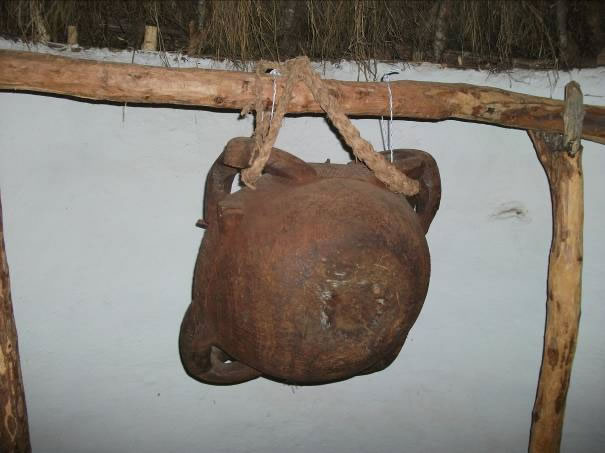
A replica of Ngomalungundu, Dzata Museum: Dzata.
The leader of the Vhandalamo was the custodian of Ngomalungundu. Ngomalungundu was, according to Mwali’s instructions, not supposed to touch the ground. It was supposed to be carried by six Vhandalamo or Vhalemba men when moving from one place to the other and when the Singo were in combat. It was also, when not being moved or used, supposed to be placed safely at a place where it would not touch the ground.
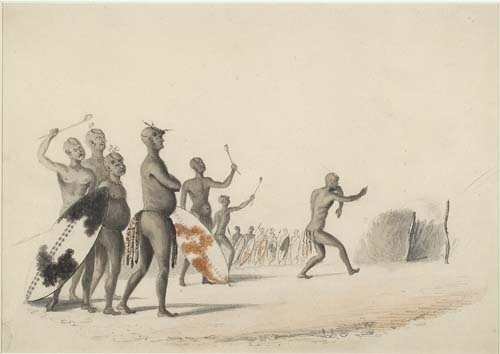
Vhukalanga
The Singo left the Great Lakes for Venḓa. They reached Vhukalanga (Zimbabwe) and settled for a while amongst Vhakalanga (Karangas) in present day Matabeleland. The king of Vhakalanga at the time was Tshivhi who was feared and highly respected by his people and neighbouring nations. Tshilume sent messengers to the Tshivhi to tell him not to worry about the presence of the Singo since the Singo were on their way to the south. But Tshivhi’s intelligence officers had already warned him about the Singo and their magic drum. So when Tshilume’s messengers arrived at Tshivhi’s palace to extend a hand of friendship, Tshivhi thought that they were there to attack him. Tshivhi’s men attacked Tshilume’s messengers. Tshilume’s messengers went back to their king to tell him that they were attacked by Tshivhi’s men. Tshilume dispatched his warriors to go and attack Tshivhi with the help of Ngomalungundu. It is said that a lot of Tshivhi’s warriors were killed and Tshivhi was captured and taken to Tshilume. Tshivhi apologised to Tshilume and was set free. Tshivhi went back to his palace where he was later killed by a group of women who were angry that their husbands and sons were killed as a result of Tshivhi’s decision to attack the Singo. This is where the following verse in one of Tshivenḓa poems came from:
Tshivhi ndi ndau khulu. Yo ofhiwa nga vhanna, ya vhulawa nga vhasadzi. Yowee! Vhanna vho ladzwa lwa u sa vuwa nga Ratshilumela wa Mwali”.
(Tshivhi was a great lion that was feared by men, but was killed by women. Men were killed by Ratshilumela (Tshilume) of Mwali)

The Singo forgot that they were supposed to move to the south and settled permanently in Vhukalanga. They even intermarried with Vhakalanga and Vhanyai. This incensed Mwali and he punished the Singo by sending lions to kill a lot of people, including royal princes and princesses. King Tshilume went to Mount Mubvumela to perform religious rituals to appease Mwali, but he never returned.
From Vhukalanga to Venḓa
After some days Mwali is said to have summoned vhotshifhe (high priests) to Mount Mubvumela. There he told them that Tshilume would not be coming back since the people had disobeyed Mwali’s instructions by intermarrying with Vhanyai and Vhakalanga and settling permanently amongst them. He told vhotshifhe that Tshilume’s only surviving son should be the new Singo king. He was given the title of Tshikalange since he was crowned king of the Singo in the land of Vhakalanga.
 The Singo moved southwards and reached the banks of Vhembe River (Limpopo River). They settled in the Vhembe valley awaiting further instructions from Mwali. Unfortunately King Tshikalange died of malaria before crossing to the other side.
The Singo moved southwards and reached the banks of Vhembe River (Limpopo River). They settled in the Vhembe valley awaiting further instructions from Mwali. Unfortunately King Tshikalange died of malaria before crossing to the other side.
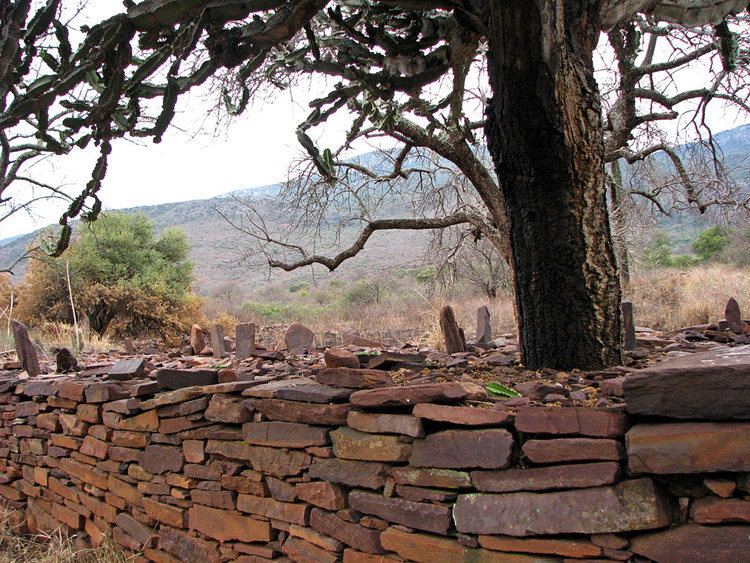
Dzata I – SINGO KINGDOM
Mwali instructed vhotshifhe to install one of Tshikalange’s sons, Hwami , as the new king. Hwami led his people across the Vhembe River and settled in the Nzhelele valley. Hwami’s royal kraal was on Mount Lwandali and was known as Dzata (known today as Dzata I). Hwami subjugated most Vhangoṋa clans including their king, Raphulu.
Hwami was, according to this version, succeeded by Dimbanyika. Dimbanyika was a hunter. One day he went out hunting but never came back. But his two dogs went back home. A search party, led by one of his dogs, was dispatched the following day to look for him. The dog led the search party to a cave. The opening of the cave was filled with huge rocks which were impossible to move. After trying unsuccessfully to move the rocks, they were addressed by Dimbanyika. He told them to stop trying and that the cave would be his grave. He instructed them to take Ngomalungundu and move the capital since nobody would be allowed to live on Mount Lwandali. He forbade people from eating fruits from Lwandali. He also gave instructions that the son of Rambwapenga and his descendants must remain on Mount Lwandali to tend his grave and to be guardians of Lwandali.
Lwandali became known as Tshiendeulu, meaning royal graveyard. The son of Rambwapenga and his descendants became known as Ṋetshiendeulu, meaning the owner/ruler/custodian of Tshiendeulu.
Dzata II – THOBELA KINGDOM
The Singo moved to the south west of Lwandali and built a new capital, Dzata II. Up to this day the descendants of Dimbanyika are not allowed to face the descendants of Ṋetshiendeulu since it is believed that the descendants of Ṋetshiendeulu possess supernatural powers bestowed by Dimbanyika. When Khosi Ṋetshiendeulu goes to Dzanani to pay tribute to the Mphephu-Ramabulana King the two have to converse not facing each other. They are also separated by a wall, and they both need to have their backs against the wall that separates them. This practice is also due to the belief King Dimbanyika and the son of Rambwapenga (Ṋetshiendeulu) could not see each other when Dimbanyika was trapped in the cave, and when he was issuing instructions. The Mphephu-Ramabulana King is also, therefore, supposed to issue instructions to Khosi Ṋetshiendeulu without the two seeing each other’s face.
Dimbanyika was succeeded by Dyambeu. The remaining Vhangoṋa clans, Vhambedzi and Vhalembethu of Ha-Mutele and Makhahani (Thulamela) were also conquered.
Dyambeu died when he was attempting to subjugate the Vhatavhatsindi of Tshiheni and Tshiavha (where Lake Fundudzi is found). Dyambeu is said to have underestimated the Vhatavhatsindi and decided to subjugate them without the use of Ngomalungundu. He, therefore, instructed the six Vhandalamo men who carried Ngomalungundu to hang it on a plum tree. Ngomalungundu is said to have fallen from the plum tree, touched the ground and cracked while the Singo were busy fighting the Vhatavhatsindi. This led to the defeat of the Singo by Vhatavhatsindi, and the broken Ngomalungundu was taken by the Vhatavhatsindi. King Dyambeu was killed. This was the first defeat of the Singo by any of the Vhavenḓa clans.
Vhatavhatsindi took Ngomalungundu to their royal kraal, Tshiheni.
Mwali, the Great God of the Singo made contact with Tshishonga, the Chief Priest and gave him a golden pipe which had similar powers to those of Ngomalungundu.
Tshishonga led the Singo army to conquer Vhatavhatsindi. The Singo army set up its base camp at a place known today as “Mudavhi wa Tshishonga” (Tshishonga’s field). The Singo army defeated Vhatavhatsindi with the help of the magical golden pipe given to Tshishonga by Mwali. The Singo also managed to get hold of Ngomalungundu and took it back to Dzata.
Through conquest the Vhangoṋa and Vhambedzi came to revere and fear Ngomalungundu. They regarded this drum as the Voice of their Great God, Raluvhimba. By the late 19th century Vhavenḓa had to come to think of Raluvhimba and Mwali as interchangeable names for the same deity, although they had once been separate.
The Singo were, with time, absorbed culturally and linguistically by Vhangoṋa and Vhambedzi clans, the clans they conquered. The conquerors’ descendants owe much of their present identity to the earlier inhabitants of Venḓa, Vhangoṋa and Vhambedzi. It is believed that about 85% of present day Tshivenḓa words and vocabulary come from the original Tshingona. But the conquerors also transmitted a great number of Karanga traits.
Today nobody knows where Ngomalungundu is. Some say that King Ṱhohoyanḓou took it with him when he disappeared without trace. Some people believe that Ṱhohoyanḓou crossed the Vhembe River into Vhukalanga, and that is where he died. A museum in Harare, Zimbabwe, has the remains of an old drum, and the curator claims that it’s Ngomalungundu. The curator says that the drum was donated to Bulawayo Museum by a Venḓa-speaking man in the 1930s.
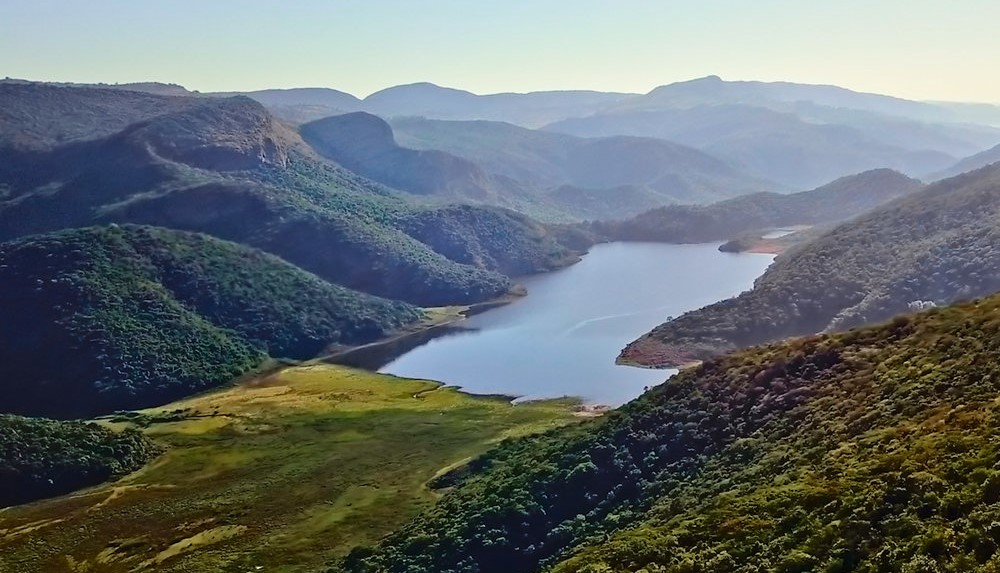
- THE STORY OF THE SACRED HOLY LAKE FUNDUDZI (VOICE OVER READS)
The lake is said to have been formed many years ago when part of the surrounding mountains crumbled and blocked the natural flow of the Mutale river, is regarded and adored by all Vhavenḓa as real heart and soul of the Venḓa land. It is a fresh water lake +- 2km long, 3/4km wide with average depth of 4-5 meters.
It is the centre of many beliefs, some of which are mere superstitions. Its water is believed to be the remnant of the sea water that had covered up the entire earth before creation.
According to the beliefs, this water will not mix with any other water. Though the river Mutale flows therein, it is said that it just “swims thereon to find a subterranean opening somewhere down stream”.
This water will not admit therein any foreign body. Whatever object drops in, is discarded out, even heavy stones.
From religious point of view, Lake Fundudzi has had from time to time immemorial been regarded as a spirit world. At first, the lake was regarded and used as a place of worship by the Vhangoṋa of the then Ṋetshiavha clan.
This being a spirit world, the Vhangoṋa are regarded to have drowned their old aged as as well as the sick; than to await their natural deaths, Hence the saying, “O miliwa nga Fundudzi”, meaning he or she was swallowed by Fundudzi. It is believed that at times of plenty, which was said to be the outcome of Fundudzi, human sacrifices of young boys and girls were offered to Fundudzi, so that it again provide harvest.
The spirit of the dead Vhangoṋa in Lake Fundudzi were said to transform or reincarnate into spirit-beings, some of which were gruesome in nature, being single limbed: to be found with single leg, one arm, one eye. And sometimes only the limb was to be seen moving on its own without the body.
With the advent of the Vhavenḓa, the Vhangoṋa were displaced by the Vhatavhatsindi who deprived the previous owners from sacrifice in Fundudzi.
The Vhatavhatsindi, being reverent in worship, took lake Fundudzi as their place of worship.
They, unlike the Vhangoṋa, would not drown their aged or sick; but instead , brought over the bones of their departed to be ceremonially cremated over a rock, and ashes scattered thereon to sink into the depth of the lake.
These ashes, as predicted, would transform into “spirit-beings” of the nature to those adopted by the Vhangoṋa as “zwiḓuḓwane”. Spirits follow the same occupations as they did in life in the outer world. To this, agriculture and animal husbandry are the main occupations. Along the South-western shore of the same lake, the low lying plain is regarded the spirit garden, where they till the ground, sow and harvest as their kinsmen in the outer world do.

First Legend
“According to the original Vhangoṋa of Ṋetshiavha of Ṋetshiavha, in former days man would never die, as he was meant never to die”. Whe one of the Tshiavha people took ill, Fundudzi itself knew what to do. When the condition of the sick turned worse, the lake itself came to fetch him before death.
“Ït rose up quite solemnly, and swallowed to overflow its banks, the water following a course towards the home of the sick. Then upon reaching there it “swallowed up” the village to breast height. “The people in the village, seeing this, left the homestead knowing what would happen. Thereupon, it retreated, taking along with it the sick and his belongings down to Fundudzi.
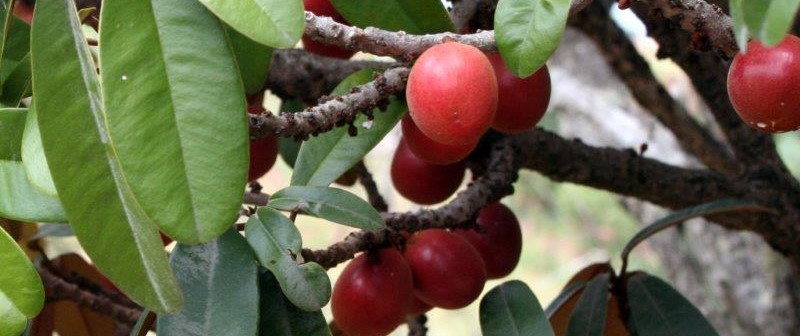
Second Legend
Along the slopes of the mountains surrounding lake Fundudzi, there is a good harvest of wild berries at times in summer. But within that area, it is taboo to gather any of the fruits before the priest, Ṋetshiavha, has sent word to the spirits and to allow them taste first.
Now it once happened that a group of women disregarded the taboo and left on their own to collect some fruit, unlawfully. Up they went chattering and gossiping, even talking about the “zwiḓuḓwane” that haunted the lake.
No sooner had they collected enough to fill the buskets than they found themselves surrounded by some queer figures,…cold and young…”In whos ground are you, poor women?” they asked. “Who told you to harvest before we, the owners? Has the priest, Ṋetshiavha, given us to taste?”
All of a sudden the baskets and their contents disappeared from sight. Looking down in the lake, the women saw them floating towards Tshaphidzi. They could not do anything but walk homeward with nothing, embarrassed.
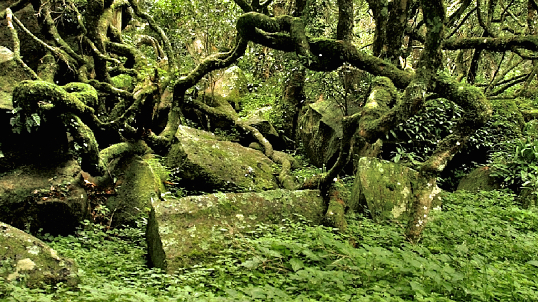
- THE STORY OF THE SACRED HOLY FOREST
The Thathe Vonḓo also contains the Holy Forest, domain of the ancestral spirits.
Within this forest is the Mount Thathe, in which there are some caves below huge stone boundaries. And it is within these caves that the Thathe Mount and Forest come to be counted as the home of the supernatural.
The legends associated with Ṋethathe hold that, being a magician, at times he transformed from his human shape to reincarnate into a most ferocious lion which took haunt over the neighbouring forest; taking a cave as its shelter. So that later both the forest and its hill came to be called Thathe after the very Ṋethathe.
Within the Thathe Forest and Hill, during summer and autumn months, wild berries of all descriptions ripened in abundance. And these in that time formed the chief diet of the human-lion Nethathe, which would not allow both man and beast to encroach thereby.
Besides fruits, within the Thathe Forest some giant mushrooms known as “mwimbo”spawned up in immense qualities. This was relished by the Vhadau of Tshidzivhe. But the human-lion Nethathe would not admit anyone to come thereby; this being a most favourable delicacy and dish for “king of the forest”.
According to the beliefs of the Tshidzivhe communities, the lion of Ṋethathe continues to roam the forest up till the present. Any new fruit from the field may not be partaken of, before some offerings are made to the supernatural power.
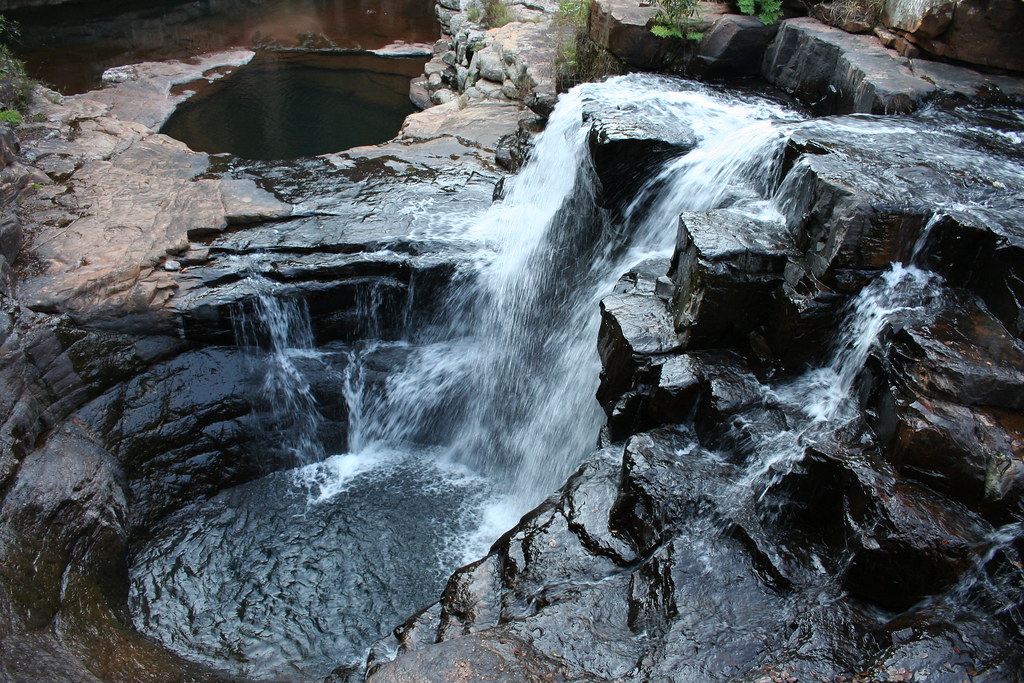
- THE STORY OF THE TSHATSHINGO POT HOLES
Gota Ṋetshidzivhe of Tshidzivhe area contended that Tshatshingo was previously an area for execution of people who bewitched others, also for killers and those who opposed the government in power.
Gota Ṋetshidzivhe said that his forefathers would usually send their servants to inform khosi Tshivhase Ḽigege of someone among the Gota’s sons who was causing trouble. The khosi would then call the khoro (Traditional court) together so that they could discuss the mishap. The outcome of the meeting then decided the fate of the culprit; whether or not he was to me killed by the system called “u milisa tshivhindi” in which respect a thin string rope be tied around his neck.
Strong men would then kill the culprit by means of the rope, tie him against a big stone and drag him down to Tshatshingo potholes where they would throw him into the potholes. This work had to be kept a secret. Anyone who disclose the cause of death would be killed in the same way.
After completion of the work the Gota would send word to the Khosi. This was the recognised way of eradicating those who opposed the Khosi or Gota. That was long ago.
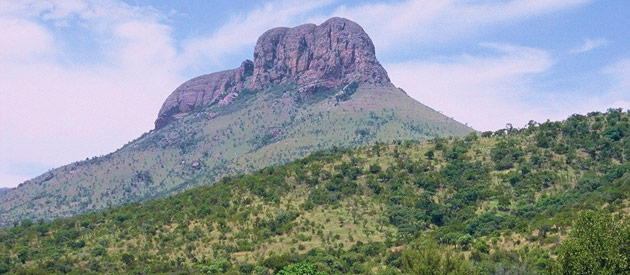
- THE STORY OF LWAMONDO KOP
Lwamondo Kop, clearly visible to the west of Ṱhohoyanḓou, towers high in the Soutpansberg range and below it nestles the village of Khosi Ṋelwamondo. Its true name is the Luheni of Matshele and Mbaḓo. (Luheni means mountain and Matshele and Mbaḓo are two tribal ancestors.)
The area was the stronghold of the Lwamondo people in wars and is well known for the sacred baboons which live on top of the Kop.
Folklore has it that these baboons used to warn the Lwamondo people whenever any enemy approach the mountain. The people then had the time to scramble top from where they could roll rocks down to kill their attackers. Elders of the tribe still talk of an attack by Swazis which was repelled in this way. They were then pursued to Tshibwabwa, a marshy area near the mountain, where they all perished.
An interesting but little known fact is that once the attackers had been stopped by the defenders of the mountain, the decision to go over to attack was made only after the baboons had made their war cry and the order to attack could only come from the mother of the chief who would sound “mufhululu” (ululate).
The baboons od Lwamondo may never be killed as this could result in an attack by the enemy.




